

Man’s relationship with fire is about as old as language itself. Even with a multitude of wild, raw food available, primitive humans evolved to cook food– first for caloric reasons, then for taste preference, and eventually for efficiencies. Harvard biologist Richard Wrangham believes fire fueled the human brain to adapt and develop what are now considered cornerstones of our culture: language, food, music, community. Wrangham asks, “What could be more human than the use of fire?”
This sentiment has entered the ranks of top restaurants across the globe. When we visited Ekstedt in Stockholm, the culinary techniques are limited to the use of charcoal smoke, ash, and different elements of fire to add flavor, texture and unique tastes to local ingredients. It’s a reminder that technique, skill, and creativity trumps tools when it comes to culinary expression. Our group of 4 was given a tour of the kitchen, where the chefs glistened under sleeveless t-shirts– one world away from the starched and pressed white coats you’d find at a Michelin restaurant a decade ago.


Culinary trends aside, cooking over an open flame remains the most basic vehicle for warmth and nourishment. It nudges our senses physically– no doubt a deeply ingrained connection to the elements. I can attest to this belief. I have long had an affinity for the open flame. So much so, I nearly burnt my Colfax apartment to the ground. But that is a story for another day.
When Joe and I were house hunting, a woodburning fireplace was a “must” on my checklist. A home without an open flame wouldn’t feel right, and I’d sooner fill a non-working fireplace with candles before sticking a gas insert in it’s place. Now that we’ve been living in our English Tudor house for three years now, Joe and I both feel the house is more alive with a fire going, and it’s quickly become a morning ritual on weekends– sometimes weekdays, especially when it’s below zero.


After our Stockholm meal, I was curious to learn how to use our own fireplace for cooking. I had made hobo meals when camping and fried eggs over a campfire. But I had never tried using an indoor fireplace for meal prep aside from roasting a couple marshmallows when craving a s’more.


I floated the idea of a weekend lesson by Jon Wipfli (aka Minnesota Spoon), a chef I had befriended while working for North Corp. Jon quickly agreed and gave me confidence that we could come up with a meal that was both easy and elevated. We set aside a Saturday afternoon for a little overview of how to use our fireplace to cook a meal.






It was the most delicious and fragrant Saturday I’ve had in a long time. We enjoyed the fire, took our time making the meal, and enjoyed a really incredible lunch together with Colleen and Joe. August even got a taste of the fire-roasted veggies! I did my best to collect as much insight from Jon as possible and included a handy-dandy list for cooking on an open fire.
Minnesota Spoon’s Tips for cooking over an open flame
- Be patient. Building a fire for cooking requires a bit more planning. A good fire for cooking is made up of hot coals and a few burning logs. This means you’ll want to get your fire going an hour or so before cook time. The coals should be red and glowing. That’s how you’ll know they are ready!
- Be prepared. Prep as many of the ingredients ahead of cooking as possible so you can spend more of your cooking time tending to the fire.
- Make space. You’ll need to organize the fire so you can roast and make use of the flames. Moving coals to the front of the fireplace and the burning logs to the back helps avoid overcooking your food. It also allows you to cook with two methods.
- Don’t over do it. It’s really easy to overcook food on an open flame. Follow the instructions in our recipes below to ensure you get the best results.
- Improvise. Sometimes the fire is too hot or not hot enough. Don’t be afraid to finish the dish differently if your first attempt didn’t go as planned. Remember, the process is as enjoyable as the meal! If your meat is undercooked, sear it in a pan and finish roasting in the oven. Throw more than enough squash on the fire in case one doesn’t steam evenly.
After taking some time to process the meal and the method behind it, I decided Jon’s menu was the perfect dish for date night. Cooking food with open flame is primitive and messy. It’s a bit dangerous, a bit sweaty, and in my opinion, hot in more ways than one. I’d even dare to call it a bit sexy, especially if you’re into earthy, woodsy smells. Now, this menu is not designed for a Michelin star chef, but for the everyday cook who is looking for an adventure. The cooking techniques themselves require patience, attentiveness, and a willingness to adapt.
Menu
Lomo El Trappo (Loin in cotton) with Burnt Pumpkin, Toasted Pepita Butter
Mashed Acorn Squash
Pie Iron Mixed Berry Pies
Lomo el trappo (loin in cotton) with burnt pumpkin, toasted pepita butter






Ingredients:
- 1 whole (4 to 5 lbs.) Beef Tenderloin
- Kosher Salt
- Large Flour Sack Towel (like these)
- Twine
- 1/2 cup Pepitos
- 1 Tablespoon favorite seasoning or dry rub mix
- 1 stick unsalted Butter
- 1 bunch Chives
- 1/4 cup Maple Syrup
- 2 Tablespoons Bourbon
- Salt and Pepper
Directions:
Place flour towel on a large work surface. Sprinkle generously with salt. Place the tenderloin in the center of the towel and roll until coated with salt.
Place the tenderloin at the corner of the towel. Drape the corner over the tenderloin, followed by the right and left side of the towel. Roll the tenderloin like a burrito and tuck in any loose ends.
Truss the tenderloin with kitchen twine.
Place on hot coals for 7 minutes on each side.
While the tenderloin is roasting, make the seasoned pepitas. Heat 2 teaspoons of olive oil in a small non-stick pan. Toast the pepitas on medium heat and add the seasoning. Stir continuously until the pepitas plump up a bit, 1-2 minutes. Remove from heat.
As the tenderloin continues to roast, make the maple bourbon butter. Add maple syrup and bourbon to a food processor. Add the butter and season with salt and pepper. Blend until combined. Add chives and blend again. Place in a bowl.
Remove from coals and place on a baking sheet. Remove twine and cut open the towel. The outer edges will be burnt but the tenderloin should have a salty, tender crust.
Let rest for 5 minutes before slicing.
Fire-roasted AcORn Squash


- 1-2 Acorn Squash
- Heavy Cream
- Salt and Pepper
Directions:
Place squash on an open flame. We want the skin to burn and steam the pulp inside the hard shell. This technique can be used on butternut squash or any other vegetable with a tough outer shell/skin.
Roast the squash for 40 minutes or until you can pierce the shell with a knife.
Remove from the fire and let cool. Cut open and remove seeds. Scoop pulp into a bowl.
Heat cream on medium heat until thickened. Add cream to squash pulp and mash. Season with salt and pepper.
Plating:
Plate the slices of beef with squash. Top with a scoop of butter and a sprinkle of seasoned pepita seeds.
pie iron mixed berry pies


Ingredients
- White bread
- Blueberries
- Blueberry jam
- Cane sugar
- Ice cream
Directions:
Heat pie irons over fire. Season with nonstick spray or butter.
Toss blueberries with cane sugar until coated.
Place a piece of white bread over each side of the pie iron.
Spread bread with jam. Add blueberries to one side of the pie iron.
Close pie iron tightly and remove extra bread crust.
Heat over open fire for 3-5 minutes on both sides.
Open slowly and transfer to a plate.
Serve warm with your ice cream of choice.
Images by 2nd Truth
Recipes by Minnesota Spoon


Kate is the founder of Wit & Delight. She is currently learning how to play tennis and is forever testing the boundaries of her creative muscle. Follow her on Instagram at @witanddelight_.
BY Kate Arends - February 9, 2017
Most-read posts:
Did you know W&D now has a resource library of Printable Art, Templates, Freebies, and more?
take me there
Get Our Best W&D Resources
for designing a life well-lived
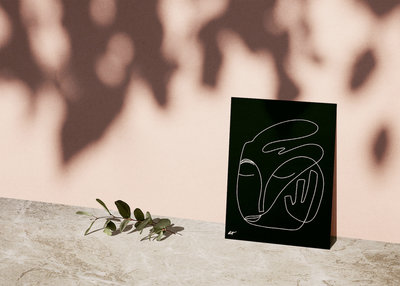

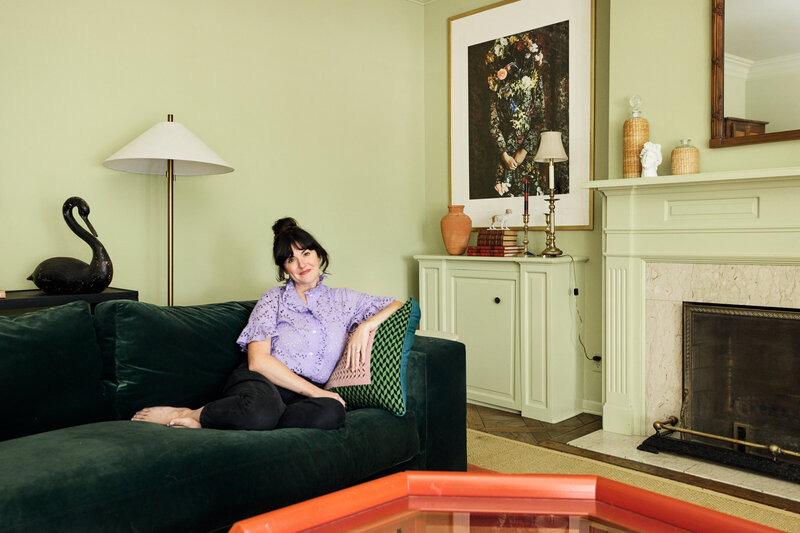

Thank you for being here. For being open to enjoying life’s simple pleasures and looking inward to understand yourself, your neighbors, and your fellow humans! I’m looking forward to chatting with you.
Hi, I'm Kate. Welcome to my happy place.




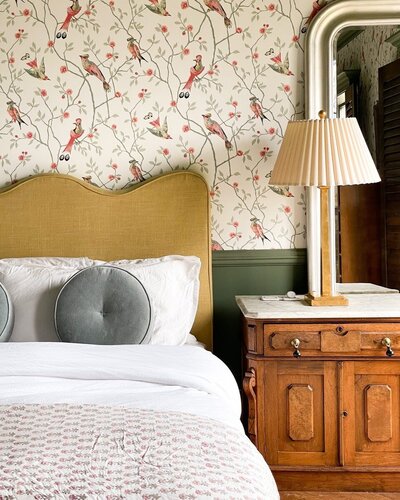







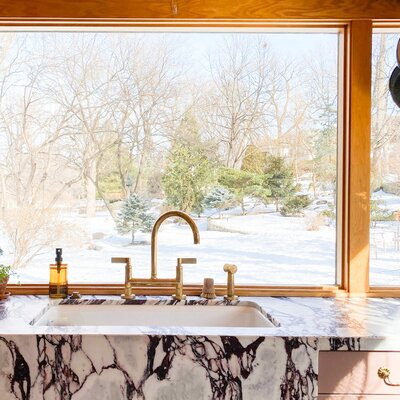

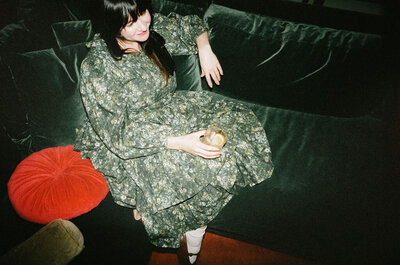

This is so awesome, and I think another thing for my bucket list. I’ve never imagined cooking over a fireplace before but omg, I HAVE to do it!
Charmaine Ng | Architecture & Lifestyle Blog
http://charmainenyw.com
The step by steps are so detailed, thanks for sharing.
As a native Spanish speaker I want to mention that the name of the dish in Spanish should be “Lomo al trapo” since the article “el” means “the” making it “loin the cloths” instead of “loin in cloths”.
We used to call those Pudgy Pies when I was growing up! My favorites were pizza, hot ham and cheese, peanut butter and jelly, and apple pie 🙂